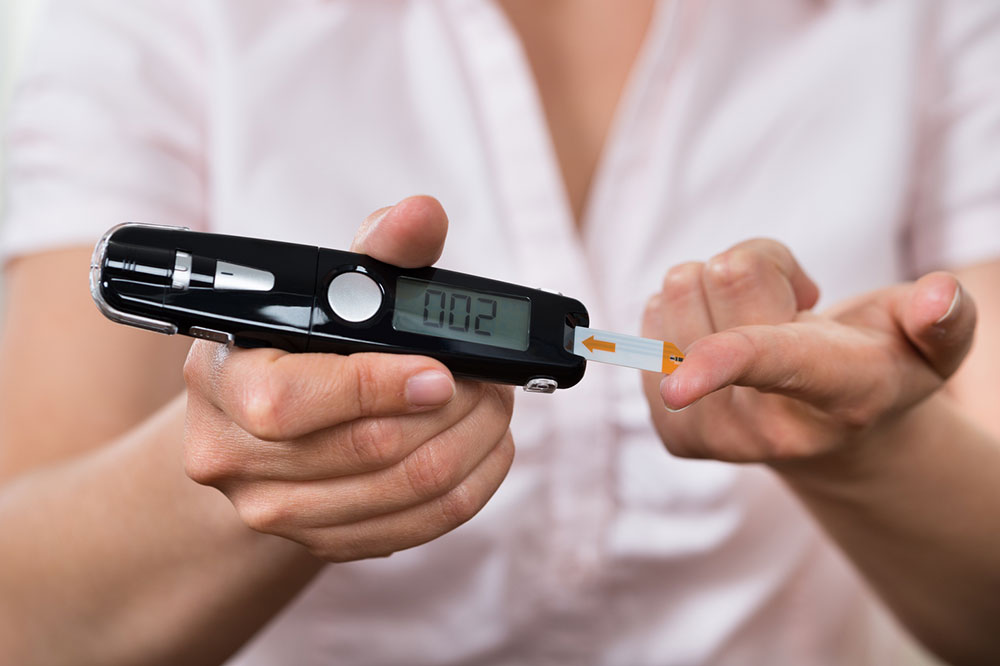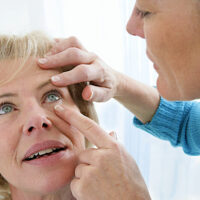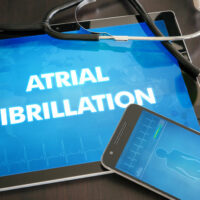High Blood Sugar – Symptoms and Foods to Avoid

Managing high blood sugar is essential to avoid serious health issues like diabetes or heart disease. However, you must first learn what high blood sugar (or hyperglycemia) is. Recognizing the signs of high blood sugar and the foods that can cause a spike helps prevent CKD type 2 diabetes. This article will discuss what constitutes high blood sugar levels and which foods to avoid to keep your numbers in check.
What is high blood sugar?
High blood sugar (or hyperglycemia) occurs when the blood has too much sugar (glucose). Glucose is the body’s primary energy source, but too much of it in the bloodstream can cause damage to the body’s organs and tissues.
Usually, the hormone insulin helps to regulate the amount of glucose in the blood by allowing it to enter cells and be used for energy. However, when the body doesn’t produce enough insulin or doesn’t use it properly, glucose can build up in the blood, resulting in high blood sugar.
If left untreated, high blood sugar can cause serious health problems, including nerve damage, kidney damage, and even blindness. Thus, it’s essential to monitor blood sugar levels and consult a healthcare professional if you experience symptoms of high blood sugar.
Symptoms of high blood sugar
Frequent urination
When there is too much sugar in the body, the kidneys may be unable to filter it out, resulting in frequent urination. Consequently, you may frequently feel thirsty.
Fatigue
High blood sugar can cause fatigue and weakness, as the body’s cells may not be getting enough glucose for energy.
Blurred vision
One of the side effects of hyperglycemia is blurred vision because the excess sugar causes fluid to be pulled from the lenses in your eyes, making them unable to focus correctly.
Headaches
High blood sugar can cause headaches resulting from dehydration or changes in blood flow to the brain.
Dry mouth and skin
High blood sugar can cause dry mouth and skin, resulting from frequent thirst, urination, and dehydration.
Increased hunger
When the body cannot use glucose effectively, it can lead to increased hunger.
If you experience these symptoms of hyperglycemia, you might be on the lookout for preparing a healthy meal plan to control your blood sugar. The following list of unhealthy (disguised as healthy) foods and beverages may help you decide wisely. Read ahead to take control of high blood sugar and prevent CKD type 2 diabetes.
5 foods that surprisingly increase blood sugar
Fruit juice
Fruit juice can be a tasty and healthy addition to a person’s meal, but it is essential to consider how it affects blood sugar levels. For example, drinking excessive fruit juice can raise blood sugar as the natural fruit sugars break down during digestion. Even if the label claims it’s all-natural, you should be cautious of added sugars or sweeteners often present in store-bought varieties.
To prevent CKD type 2 diabetes, try making fresh juices at home with fewer sweeteners or diluting them with water. Better yet, consume whole fruits to take advantage of the fruit’s fibers that get discarded in juices.
Cereal bars
Consuming cereal bars can be an easy, convenient way to boost energy. However, it is important to note the nutritional content, as some cereal bars can significantly increase blood sugar levels. It is because most cereal bars are full of sugar, refined grains, and carbohydrates, which your body quickly converts into glucose.
Unless the cereal bar has a low glycemic index and is relatively low in sugar and carbs, eating them may cause fluctuations in your blood sugar levels throughout the day. It is always best to choose healthier cereal bar options containing whole grains, fiber, and healthy fats.
Sports drinks
Sports drinks are a popular way to rehydrate and refuel. They often contain carbohydrates and electrolytes such as sodium, potassium, calcium, and magnesium. These compounds help replace the body’s salt and fluids lost through sweat during exercise.
However, many of these drinks contain dextrose, a simple form of sugar that can increase your blood glucose level quickly. When absorbed into the bloodstream, it provides a direct energy source of glucose, which aids in performance during rigorous exercise or activities. As a result, consuming a sports drink can quickly raise blood sugar levels when depleted so athletes can perform at their best!
Granola
Granola, often touted as a healthy breakfast, can increase blood sugar levels in several ways. First, the carbohydrates found in most granola mixes are sources of simple sugars such as fructose and sucrose, which can spike blood sugar quickly. Additionally, any added sweeteners used in the processing by the producer can further raise your glucose level.
Finally, granola often has mixed healthy vegetable oils (such as canola) broken down into fatty acids. These fatty acids can also impact blood sugar levels if they remain in the gut too long. Knowing this information is valuable to prevent CKD type 2 diabetes.
Iced tea
Iced tea may be a delicious drink on a hot day. However, it can pose health risks. If made with sugar or sweetener, your blood sugar levels are broken down and released into the bloodstream as glucose. So, if you’re health-conscious and watching your sugar intake, opt for unsweetened teas and coffees that still provide health benefits without the potential risks of high blood sugar levels.
Conclusion
Knowing the signs and symptoms of high blood sugar is important for managing it properly. Furthermore, since food can be a significant component of controlling blood sugar levels, knowing which food items should be avoided at all costs is essential. Simple lifestyle changes such as avoiding sugary foods and regular exercising are the most effective ways to treat high blood sugar.
Remember, with consistent monitoring and management, you can easily keep your blood sugar levels in the healthy range. Lastly, if you experience any changes in how your body behaves or feel any symptoms of high blood sugar, it is best to consult a physician immediately.





